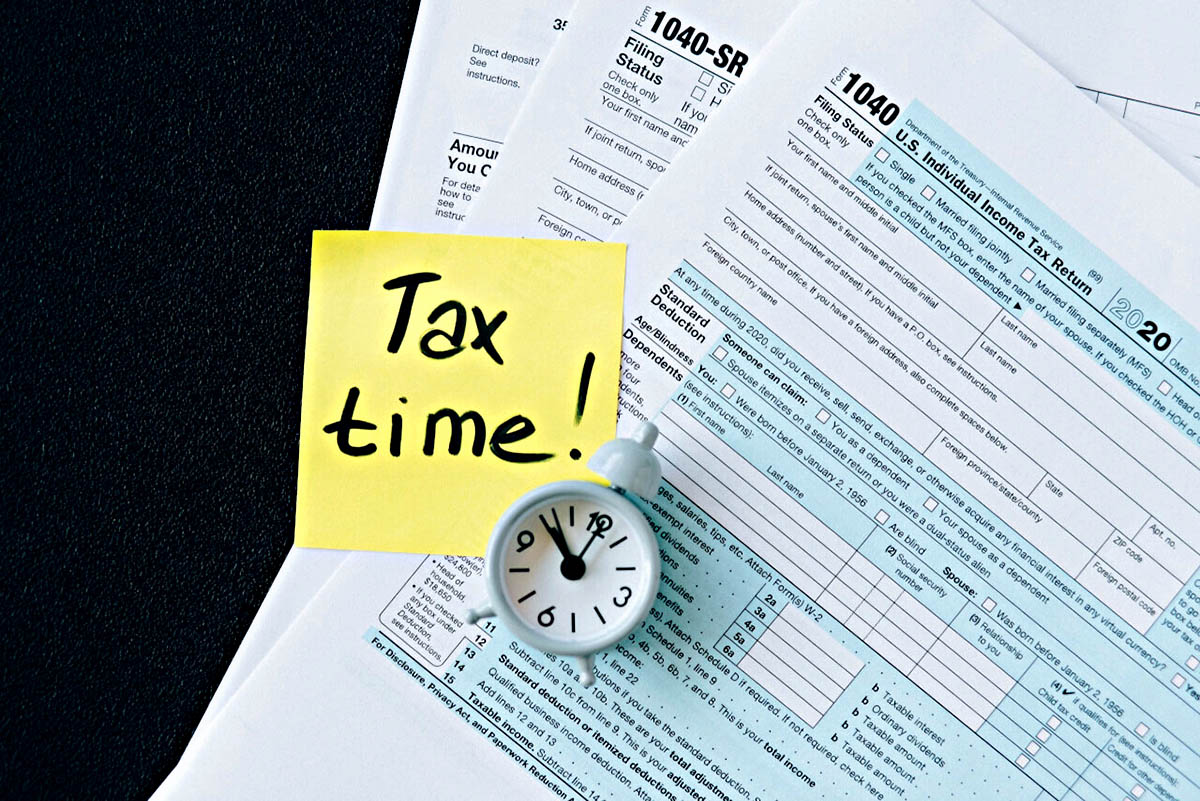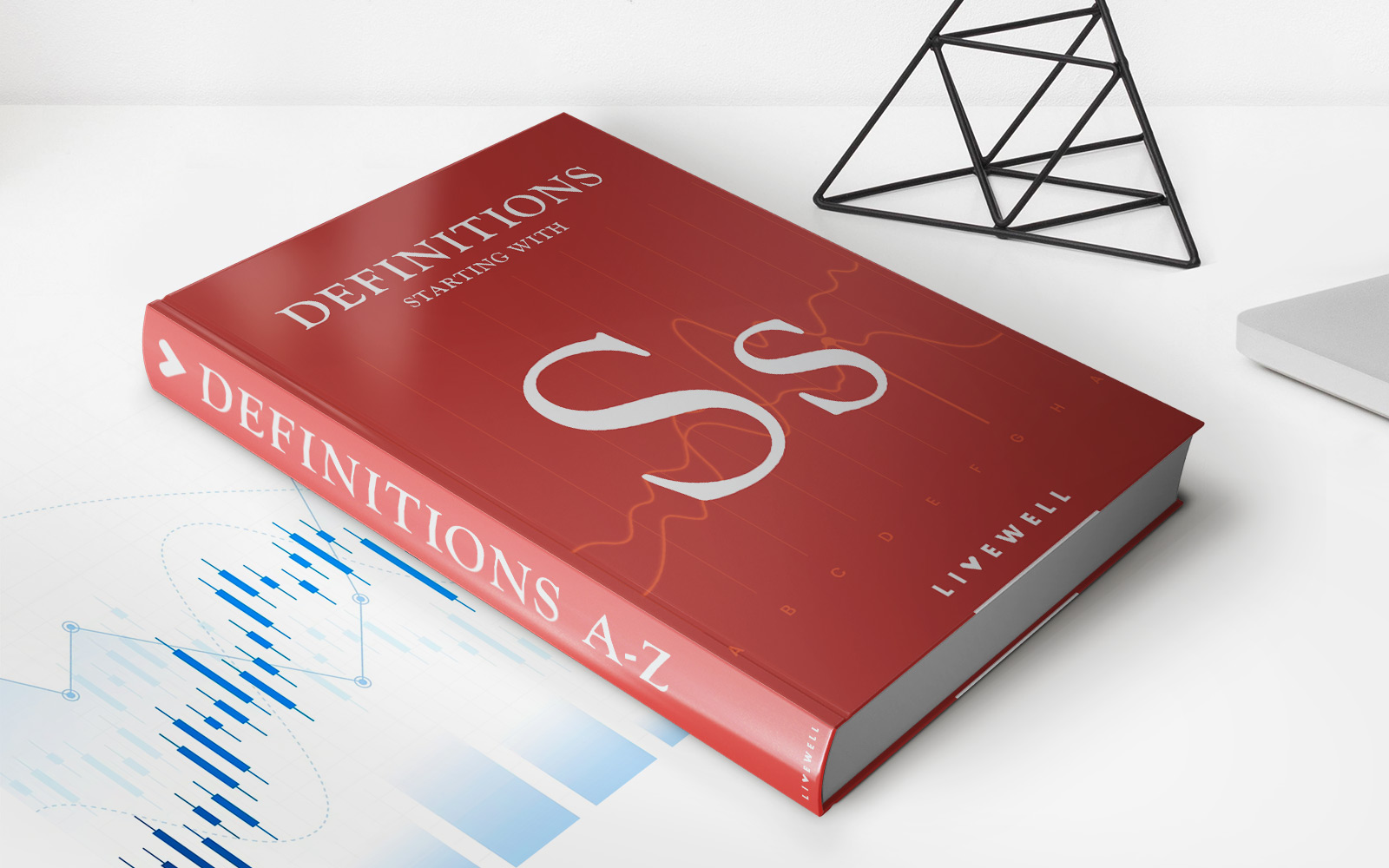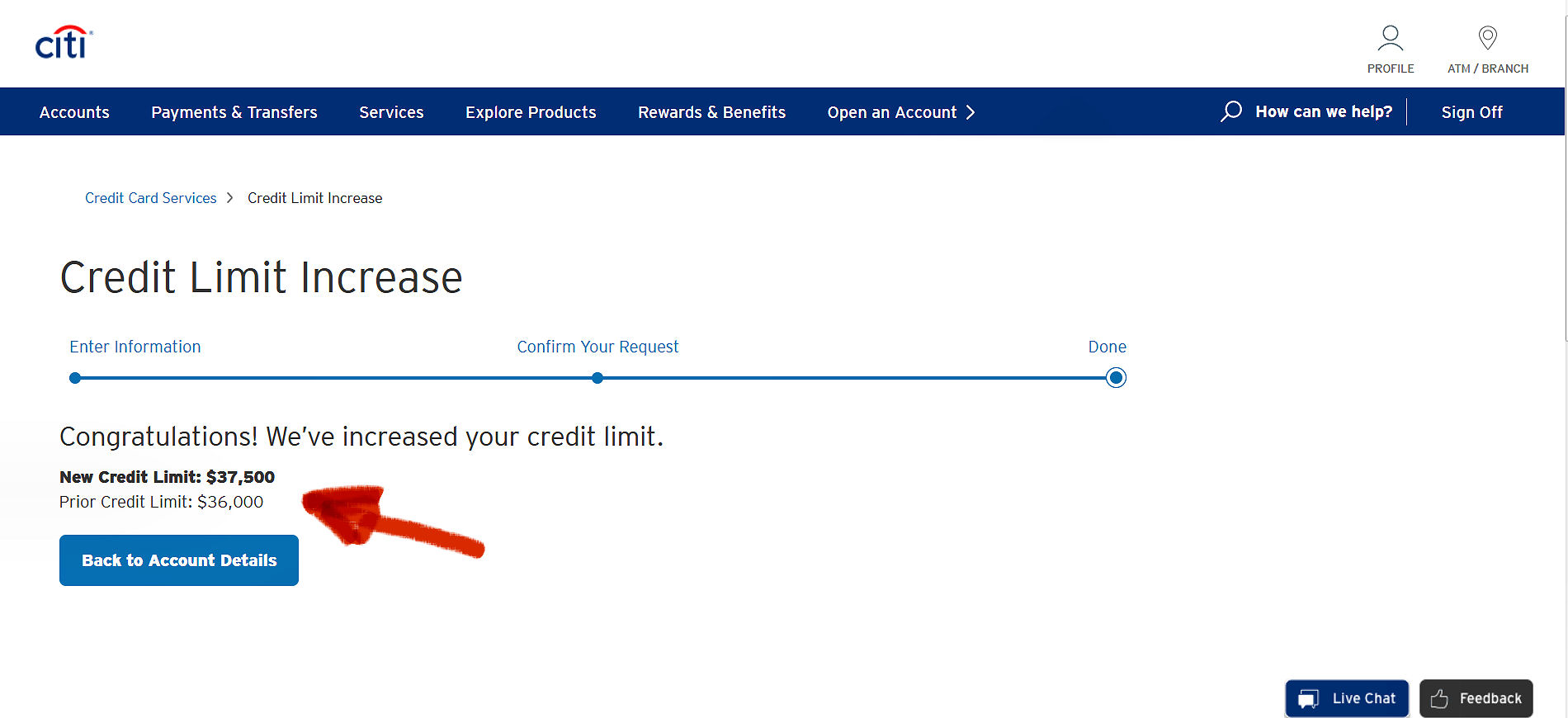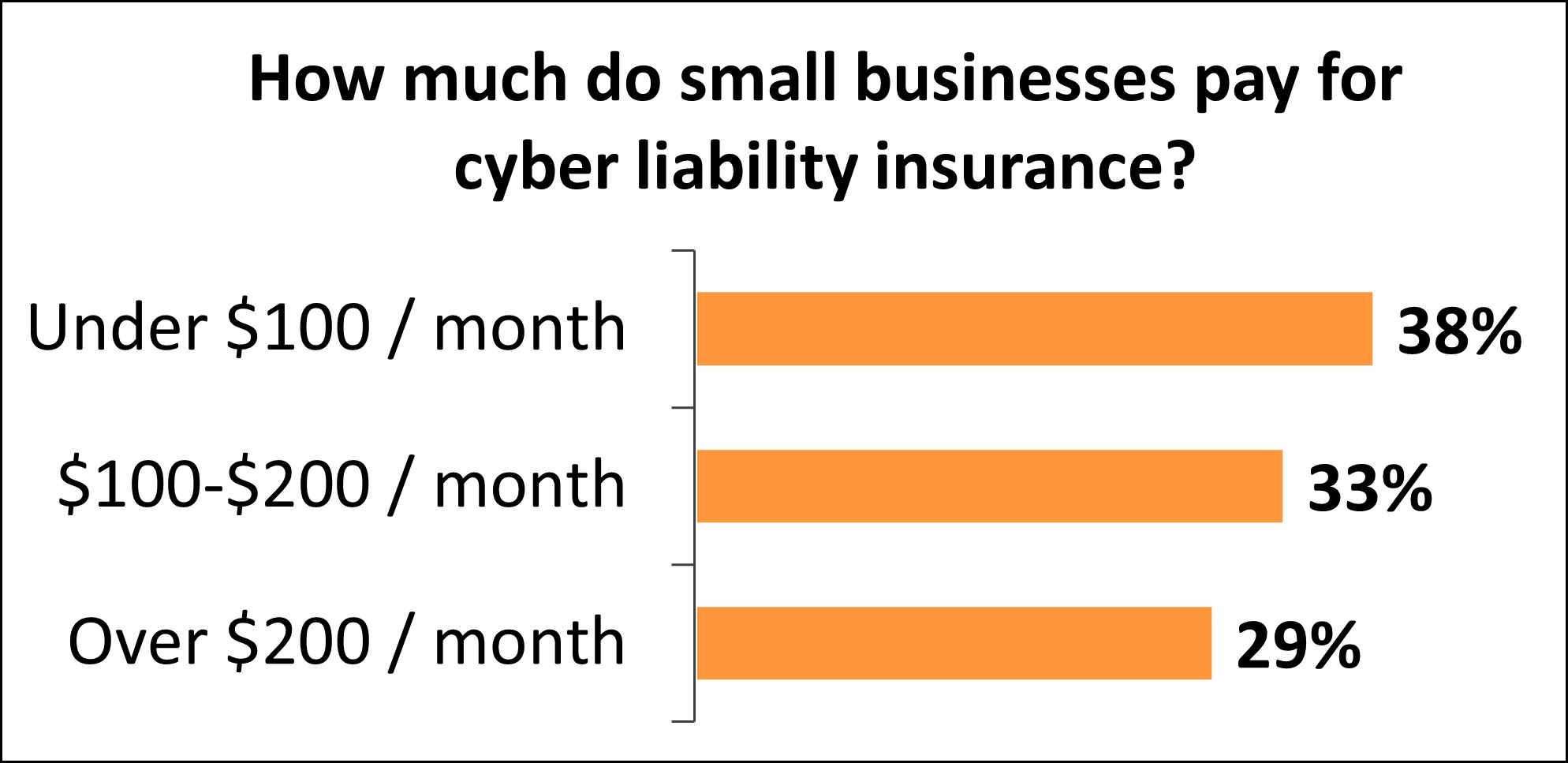

Finance
What Tax Bracket Will I Be In When I Retire
Published: January 20, 2024
Discover what tax bracket you could fall into during retirement and plan your finances accordingly. Find out more about finance and retirement planning.
(Many of the links in this article redirect to a specific reviewed product. Your purchase of these products through affiliate links helps to generate commission for LiveWell, at no extra cost. Learn more)
Table of Contents
Introduction
Retirement is a major milestone in life that brings with it a new set of financial considerations. One of the key aspects to consider when planning for retirement is understanding the tax bracket you will be in during your post-employment years. Knowing your tax bracket is crucial as it affects the amount of taxes you’ll owe and the overall financial picture of your retirement.
Understanding how tax brackets work is essential to make informed financial decisions. Tax brackets are progressive, meaning that as your income increases, so does the percentage of tax you pay on that income. The United States has a tiered system where different levels of income are taxed at different rates. Being knowledgeable about taxes can help you optimize your retirement income and minimize the amount you owe to Uncle Sam.
As you plan for your retirement, it’s important to note that tax brackets can change over time due to various factors, including inflation and changes in tax laws. It’s crucial to stay updated on the latest tax regulations to ensure your retirement plan aligns with the current tax brackets.
Several factors can influence the tax bracket you will fall into when you retire. These factors include your retirement income sources, such as pensions, Social Security benefits, and investments, as well as the tax laws in effect during your retirement years. By carefully considering these factors, you can strategize and make informed decisions to manage your tax bracket efficiently during retirement.
In this article, we will explore the intricacies of tax brackets and how they can change over time. We will also delve into the factors that can affect your tax bracket during retirement and discuss strategies for managing your tax bracket to optimize your retirement income. Let’s dive in and unravel the complexities of tax brackets when it comes to retirement planning.
Understanding Tax Brackets
Tax brackets are the different income ranges at which different tax rates are applied. The United States uses a progressive tax system, which means that individuals with higher incomes are subject to higher tax rates. Understanding how tax brackets work is crucial for effective financial planning.
Let’s consider an example to illustrate how tax brackets function. Suppose you are a single individual with an annual income of $50,000, and the tax brackets for the year are as follows:
- 10% on income up to $9,950
- 12% on income between $9,951 and $40,525
- 22% on income between $40,526 and $86,375
- 24% on income between $86,376 and $164,925
- 32% on income between $164,926 and $209,425
- 35% on income between $209,426 and $523,600
- 37% on income above $523,600
Based on this information, you would fall into the 22% tax bracket since your income of $50,000 falls within the range of $40,526 to $86,375. It’s important to note that only the portion of your income that falls within that tax bracket range is taxed at the corresponding rate. Income below $40,526 is taxed at a lower rate, while income above $86,375 may be taxed at a higher rate.
The progressive tax system encourages individuals to earn more as their overall tax rate increases but only on the income that surpasses the threshold of each tax bracket. This means that earning more money will not result in a lower take-home pay due to a higher tax rate being applied to the entire income.
Understanding tax brackets can help you make informed financial decisions. For example, if you anticipate a significant increase in income one year due to a bonus or capital gains, you can plan ahead to ensure the additional income does not push you into a higher tax bracket. By strategically managing your income and deductions, you can potentially minimize your tax liability.
It’s important to note that tax brackets may change from year to year due to inflation and changes in tax laws. Therefore, it’s essential to stay updated on the latest tax regulations to accurately assess your tax situation and plan accordingly.
How Tax Brackets Change Over Time
Tax brackets can change over time due to various factors, including inflation and changes in tax legislation. Understanding how tax brackets may evolve can help you better plan for your retirement and avoid any unexpected tax burden.
Inflation is one of the main drivers behind changes in tax brackets. As the cost of living increases, so does the threshold for each tax bracket. This phenomenon is known as inflation indexing. The government adjusts the income thresholds for each tax bracket annually to account for inflation. These adjustments help prevent individuals from being pushed into a higher tax bracket solely due to inflation.
For example, let’s say you entered retirement with a fixed income that keeps up with inflation. If the tax brackets did not adjust for inflation, your income could progressively push you into higher tax brackets over time, resulting in a higher tax burden. However, with the inflation indexing of tax brackets, your income thresholds will increase to keep pace with inflation, allowing you to stay within the same tax bracket.
It’s important to stay updated on changes in tax legislation that may impact the tax brackets. Tax laws can undergo revisions, resulting in adjustments to the tax rates or income thresholds for each bracket. Changes in tax policy can be influenced by economic conditions, political agendas, or other factors. Keeping abreast of these changes will help you understand the impact they may have on your retirement income and tax liability.
Changes in your personal circumstances can also affect your tax bracket over time. For instance, if you experience a significant increase in income during retirement due to part-time work, rental properties, or other sources, you may find yourself in a higher tax bracket. In such cases, it’s important to evaluate your tax planning strategies and consider options like deferring income, maximizing deductions, or exploring tax-efficient retirement accounts.
To effectively manage your tax brackets over time, it’s advisable to work with a financial advisor or tax professional who can guide you through the ever-changing tax landscape. They can help you identify tax-saving opportunities, evaluate your income sources, and develop a customized tax strategy that aligns with your retirement goals.
Understanding how tax brackets change over time and the various factors that influence them is crucial for successful retirement planning. By staying informed and adapting your tax strategies to align with these changes, you can optimize your retirement income and minimize your tax burden.
Factors Affecting Tax Bracket in Retirement
The tax bracket you fall into during retirement is influenced by several factors. Understanding these factors can help you plan and manage your finances more effectively during your post-employment years.
Retirement Income Sources: The sources of income you rely on during retirement play a significant role in determining your tax bracket. Common retirement income sources include pensions, Social Security benefits, retirement account withdrawals, rental income, and investment dividends. The amount and type of income you receive from these sources will impact your overall taxable income and subsequently your tax bracket.
Social Security Benefits: If you receive Social Security benefits during retirement, you may be subject to taxation depending on your total income. The IRS uses a formula called the Combined Income formula to determine the portion of your Social Security benefits that are subject to taxation. Combined Income is calculated by adding one-half of your Social Security benefits to your other sources of income. The total amount determines whether a portion of your benefits will be subject to taxation.
State and Local Taxes: It’s important to consider the impact of state and local taxes on your overall tax bracket in retirement. Different states have varying tax rates and policies, which can significantly affect your tax liability. Some states have no income tax, while others have progressive tax structures similar to the federal government. Understanding the tax implications of your chosen retirement destination can help optimize your tax bracket.
Marital Status: If you are married, your tax bracket during retirement may be affected by filing jointly or separately. Filing jointly often provides more favorable tax rates and deductions compared to filing separately. However, each couple’s situation is unique, and it’s advisable to consult with a tax professional to determine the best filing status for your specific circumstances.
State of Residence: In addition to state taxes, factors such as property taxes or sales taxes can also impact your overall tax burden. Consider the cost of living, tax-friendly states, and any applicable tax deductions or credits that may help optimize your tax bracket in retirement.
Timing and Strategy for Retirement Account Withdrawals: The timing and strategy for withdrawing funds from retirement accounts can have a significant impact on your tax bracket. Traditional retirement accounts like IRAs and 401(k)s are subject to income tax when withdrawals are made. By strategically planning your withdrawals, you can potentially minimize your tax liability. Strategies such as Roth conversions, taking advantage of tax brackets with lower rates during early retirement, or planning for required minimum distributions (RMDs) can help shape your tax bracket in retirement.
It’s important to evaluate these factors and work with a financial advisor or tax professional to develop a comprehensive retirement tax plan. They can help you analyze your unique situation, optimize your income sources, and implement tax strategies to ensure you are in the most favorable tax bracket during your retirement years.
Strategies for Managing Tax Brackets in Retirement
Managing your tax bracket effectively during retirement can help optimize your income and minimize your tax liability. Here are some strategies to consider:
1. Develop a Withdrawal Strategy: Carefully plan when and how to withdraw funds from your retirement accounts. By strategically spreading out withdrawals over time, you can potentially stay within a lower tax bracket. Consider factors such as required minimum distributions (RMDs), Social Security benefits, and other income sources to determine the optimal withdrawal strategy.
2. Take Advantage of Tax-Advantaged Accounts: Maximize the use of tax-advantaged accounts, such as Roth IRAs and Roth conversions. Roth accounts offer tax-free withdrawals in retirement, which can be beneficial if you anticipate being in a higher tax bracket in the future. Converting funds from traditional retirement accounts to Roth accounts can also help manage your tax bracket in retirement.
3. Manage Taxable and Tax-Advantaged Investments: Diversify your investment portfolio to include a mix of taxable and tax-advantaged investments. This allows for greater flexibility when managing your tax bracket. Capital gains from taxable investments can be managed strategically to minimize the impact on your tax bracket. Consider asset location strategies, such as holding tax-efficient investments in taxable accounts and tax-inefficient investments in tax-advantaged accounts.
4. Understand the Impact of Social Security: Analyze the impact of Social Security benefits on your overall tax bracket. Depending on your income, a portion of your Social Security benefits may be subject to taxation. Explore strategies to minimize the taxable portion of your benefits, such as coordinating Social Security withdrawals with other sources of income.
5. Consider Charitable Contributions: Charitable contributions can help reduce your taxable income while supporting causes you care about. By utilizing charitable giving strategies, such as donor-advised funds or qualified charitable distributions (QCDs), you can effectively manage your tax bracket in retirement.
6. Proactive Tax Planning: Regularly review and update your tax plan to adapt to changes in tax laws and your personal circumstances. Work with a qualified tax professional or financial advisor who specializes in retirement planning. They can help you stay informed of new tax regulations and identify opportunities to optimize your tax bracket.
It’s important to note that these strategies may not be suitable for everyone, as each individual’s financial situation is unique. Consult with a professional who can assess your specific circumstances and provide personalized advice tailored to your needs.
By implementing these strategies and staying vigilant about managing your tax bracket, you can maximize your retirement income and minimize your tax burden, allowing you to enjoy a financially secure retirement.
Conclusion
Understanding tax brackets and how they can impact your retirement income is essential for effective financial planning. By grasping the concept of tax brackets, you can make informed decisions and take advantage of strategies that help optimize your tax situation during retirement.
Throughout this article, we’ve explored the intricacies of tax brackets, including how they work, how they change over time, and the factors that influence them during retirement. We’ve also discussed strategies for managing tax brackets, such as developing careful withdrawal strategies, utilizing tax-advantaged accounts, diversifying investments, considering charitable contributions, and staying proactive with tax planning.
By carefully managing your tax bracket, you can potentially reduce your tax liability and maximize your retirement income. However, it’s important to note that tax planning is a complex matter that requires personalized attention. Consulting with a financial advisor or tax professional who specializes in retirement planning can provide invaluable guidance tailored to your unique circumstances.
As you plan for retirement, stay up-to-date with changes in tax laws and regulations that may affect your tax bracket. By staying informed and adapting your strategies as needed, you can navigate the ever-changing tax landscape and make the most of your retirement income.
Remember, retirement is a time to enjoy the fruits of your labor and live a fulfilling life. With proper tax planning, you can ensure that your financial future is secure, allowing you to focus on the things that matter most to you during your golden years.














